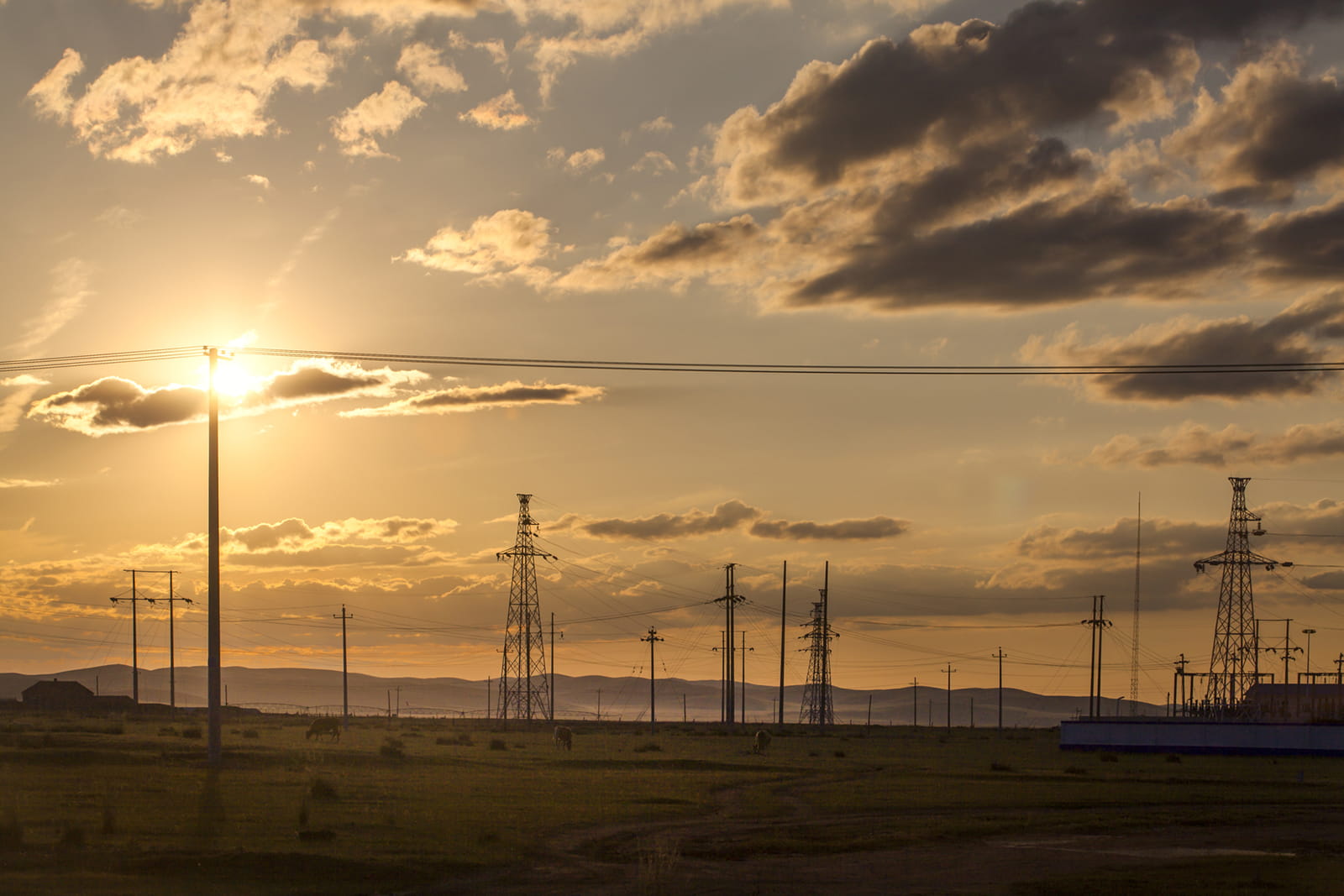The energy system in Australia is transforming at a rapid pace, and close industry collaboration will be imperative to anticipate and prepare for these changes.
The National Electricity Market (NEM) commenced over 20 years ago in December 1998 with the aim of increasing gross domestic product through the provision of lowest cost electricity to all consumers while ensuring security and reliability.
Back then, Microsoft was the biggest company in the world, we had just bid farewell to Frank Sinatra, John Howard was two years into his prime ministership and coal-fired generation accounted for almost 80 per cent of Australia’s generation capacity mix.
The last 20 years have arguably seen the biggest change to the electricity system in a century. The well-documented energy transition continues to hurtle on at breakneck speed. It is driven by the advent of new technology, a changing generation mix and, maybe most importantly, evolving consumer expectations, which include a desire for greater sustainability and more distributed energy. Together these factors are creating unprecedented challenges to the energy industry.
Loss factors
When electricity flows through power lines a portion of it is lost as a result of electrical resistance. These losses are then attributed to individual generators through the so-called Marginal Loss Factors, or MLF. The amount of the electricity lost is determined by a number of factors, including the resistance and operating voltage of the power lines, the distance between a generator and its consumers, and the total amount of electricity transported between the region where the generator is and the region where its consumers are.
One can compare this to the amount of fuel required to transport produce from a region to one of our cities. The further away the region, the more fuel is needed to transport the product. This means a farm that is only 100km away from the city can provide cheaper produce than a farm that is 1000km away, all other things being equal.
What happens, though, when we suddenly build many new farms in some of the best growing regions far away from the city? Now, the decades old country roads are not able to cope with the new traffic anymore. The trucks get stuck in traffic jams and hence consume significantly more fuel on their way to the city. This increases the transport costs, which is hurting both existing and new farmers.
Over the past few weeks, year-on-year increase of the losses that some developers and financiers of large-scale renewable generators are exposed to has yet again highlighted the significant challenges the energy transition poses.
Forecast flows
The rules governing the NEM require the Australian Energy Market Operator to annually calculate the expected losses based upon a forecast of future power flows (ie, the traffic flows in the above analogy). Generators are then paid based upon the amount of power they produce minus the losses that represent the difference in the level of energy produced where the power is generated to what is left when it is consumed.
On average, these losses represent about 10 per cent of the amount of energy that is used to transport over power lines. However, in some cases losses can be significantly higher. AEMO believes the energy losses we are experiencing in some regions are becoming a matter of real concern for Australia.
In the near term, AEMO is looking to help market participants understand the potential changes by publishing as much information as we can about where new generators are being built. We are also planning to publish loss calculations more frequently so that there is greater transparency for potential investors. Whilst none of these actions will change the level of losses, they will help participants have better information before they make investment decisions.
Improved mechanisms
We are also looking forward to working with the Australian Energy Market Commission (AEMC) and market participants to find improved market mechanisms that can help participants deal better with changes in losses.
In the longer term, however, Australia will need a well designed and stronger energy system to transport the power from where it is produced with fewer losses to where it is consumed. This is equivalent to building fit-for-purpose roads in the right locations.
Building out Australia’s energy network has to be done in a way that minimises costs to consumers and takes into account a comprehensive set of other factors that is shaping the sector, such as the rapid growth of distributed energy, the advent of new storage technologies and many other innovations.
Getting this right will not only increase the power system’s ability to share resources across regions, it will create a deeper and more connected market and facilitate opportunities for competition, which will ultimately benefit consumers. AEMO’s Integrated System Plan is a blueprint for Australia to do just that. We need to start implementing it now.







